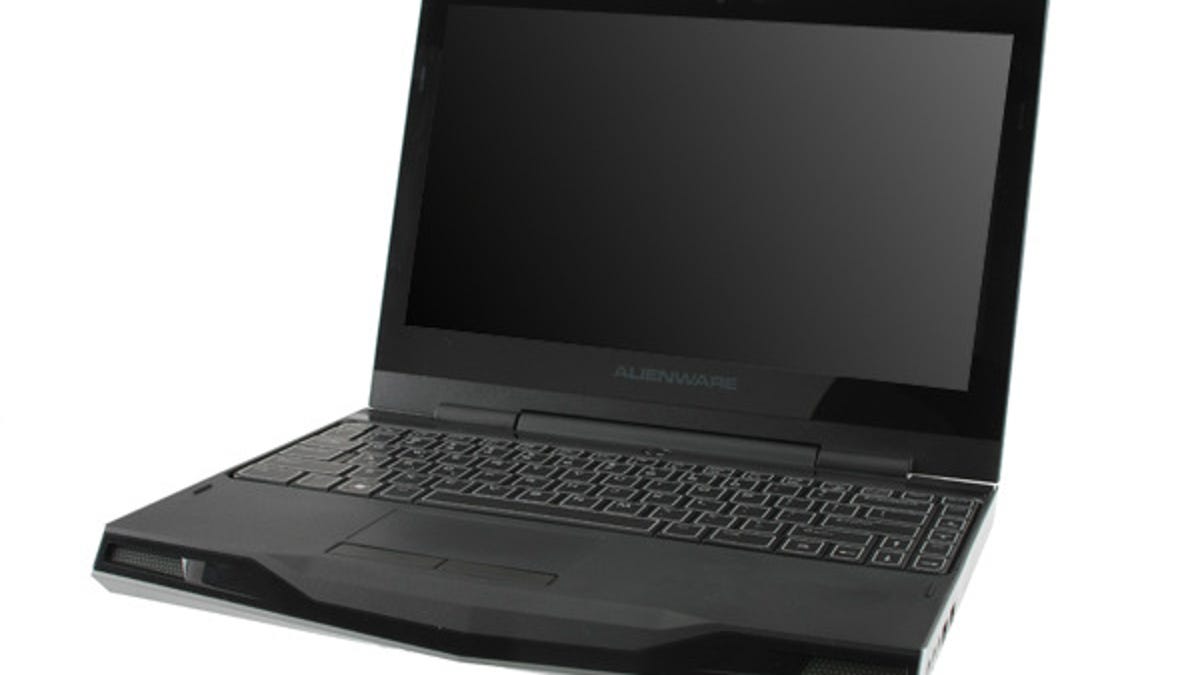Graphics in every laptop or cheaper 'gaming' laptops?
Our reviews of a few recent affordable laptop gaming solutions from Dell and Samsung left us wondering what the ideal solution is to get more people playing games on laptops.

Submitted for your consideration: the
The question is, is that enough? We've observed what seems to be a trend both among users and gamemakers of a decline in PC-gaming popularity. We've commented on it before. The argument can go both ways: in one sense, the price of adoption in the PC gaming universe tends to be far higher than in console gaming. Especially in laptops, getting a machine that's able to play most games requires more of an investment.
The decision to get a "gaming laptop" is also part of the problem. If, for instance, all laptops had some basic level of mainstream dedicated graphics and could play those games, the decision to play PC games might overrule that of investing in a gaming console. It's like the rise of smartphone games over handheld games: as the old camera-owner's adage goes, the best camera is the one you have with you.
Certainly, most laptops have the option to add dedicated graphics from Nvidia or ATI. In the retail world, however, which is a space many consumers use to buy their laptops, dedicated graphics are the most likely candidate to be left off. Yet, there are machines out there, at a great price no less, that have a "sweet spot combination" of mainstream features plus dedicated graphics. The Samsung NP-R580 is a perfect example: in a retail configuration we found (the
On the other hand, maybe the goal should be to make competitively priced gaming laptops. If you were to do the math of adding a game console plus an average thin-and-light laptop, the total would roughly equal an Alienware M11x. Is having both devices in one unit appealing to you or to many consumers? We found the M11x to work pretty much as well as advertised, but such a Frankenstein laptop couldn't help leave us wondering whether we'd regret not having a faster Core i5 or i7 processor a year or two down the road.
Or, are games on PCs simply evolving beyond graphics altogether?
Read our reviews of the

